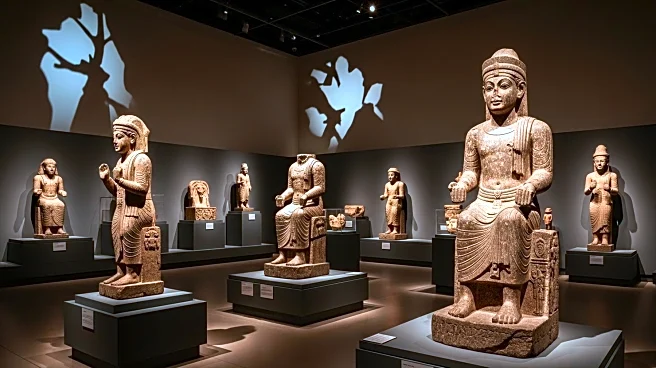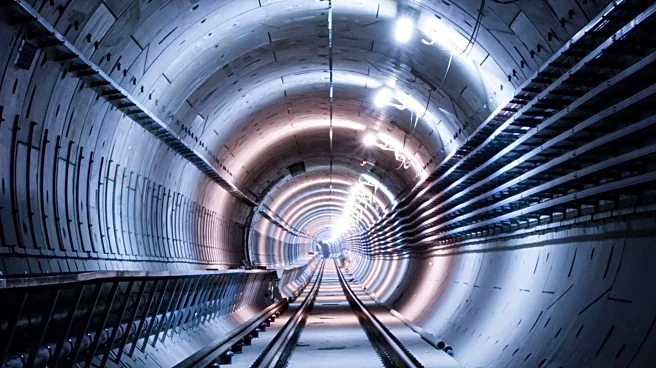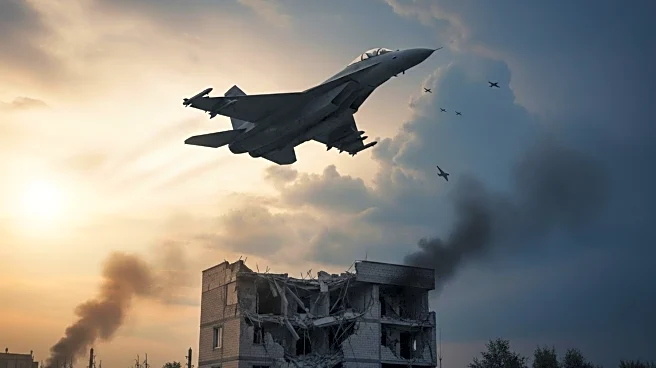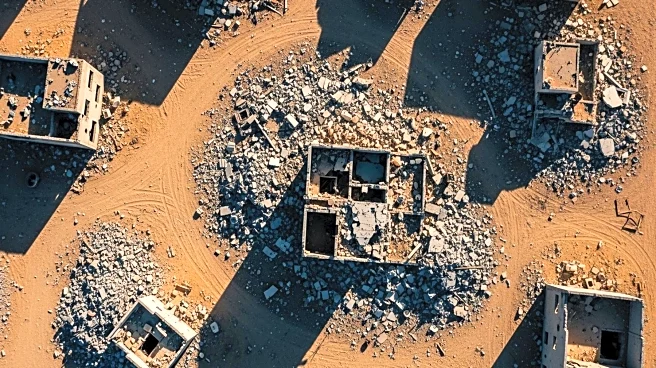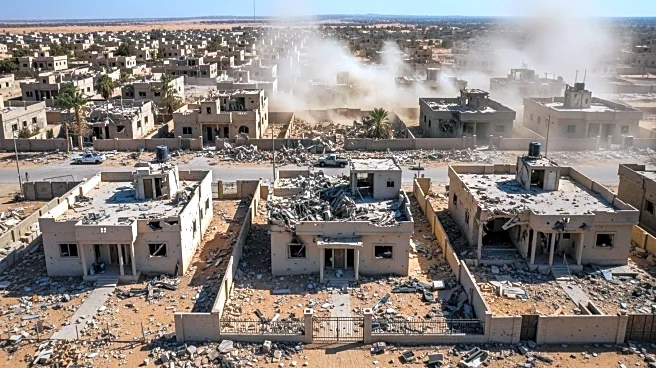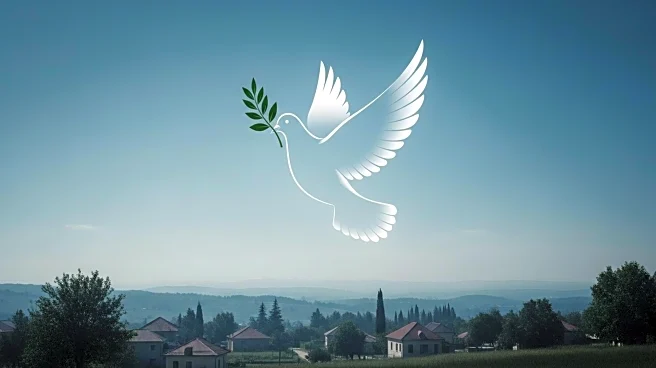What's Happening?
The National Museum of Yemen in Sanaa was damaged during Israeli airstrikes, according to the Houthi Ministry of Culture. The strikes, part of ongoing regional tensions, resulted in significant damage to the museum's structure, including shattered windows and doors. The museum, which reopened in May 2023 after a decade-long closure due to the Yemeni war, houses a vast collection of ancient artifacts. Concerns have been raised about the potential risk of looting due to compromised security. The Old City of Sanaa, a UNESCO World Heritage site, reportedly escaped damage. The Houthi government has called on UNESCO to condemn the airstrike and take measures to preserve Yemen's cultural heritage.
Why It's Important?
The damage to Yemen's National Museum highlights the vulnerability of cultural heritage sites in conflict zones. The museum's collection, which includes millennia-old artifacts, is at risk of looting, which could result in the loss of invaluable historical and cultural items. The incident underscores the broader impact of regional conflicts on cultural preservation and the challenges faced by international organizations like UNESCO in safeguarding heritage sites. The situation also reflects the ongoing humanitarian crisis in Yemen, where resources are stretched thin due to the war and the displacement of millions.
What's Next?
The Houthi Ministry of Culture has urged UNESCO to intervene and help protect Yemen's cultural heritage. However, UNESCO's activities in Houthi-controlled areas are currently suspended, complicating efforts to assess and address the damage. The international community may need to consider alternative measures to support the preservation of Yemen's cultural sites. Additionally, the escalation of regional tensions could lead to further threats to cultural heritage in the area.
Beyond the Headlines
The damage to the museum raises ethical questions about the protection of cultural heritage in conflict zones. It also highlights the need for international cooperation in preserving historical sites amidst geopolitical tensions. The incident may prompt discussions on the role of cultural diplomacy in conflict resolution and the importance of safeguarding cultural identity in war-torn regions.


